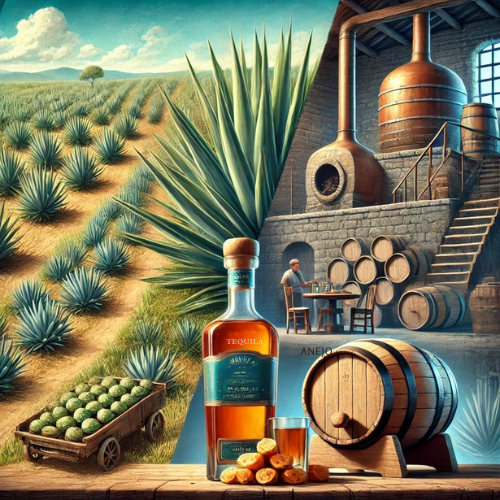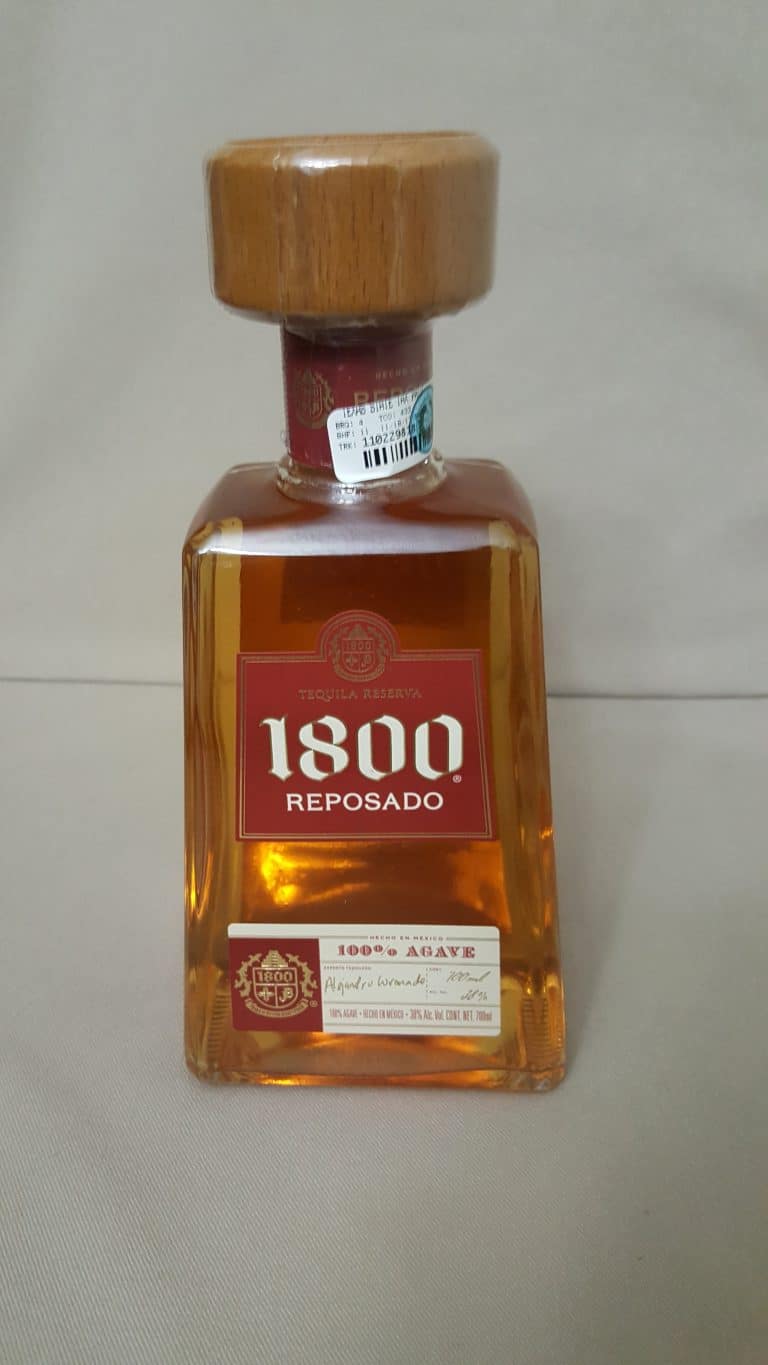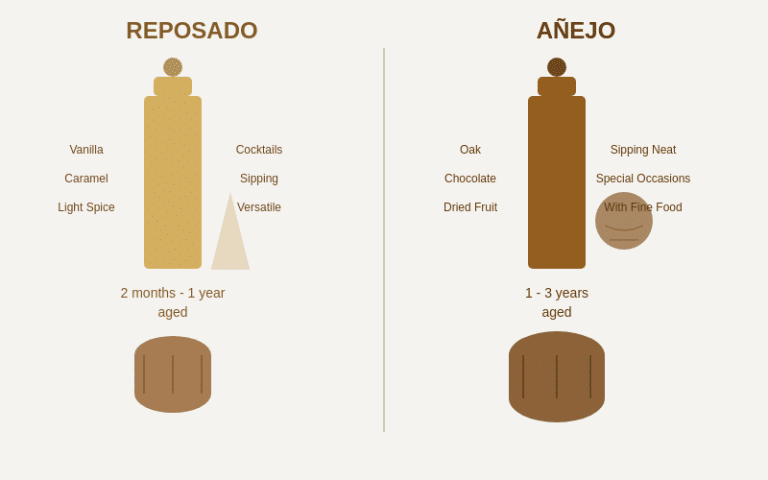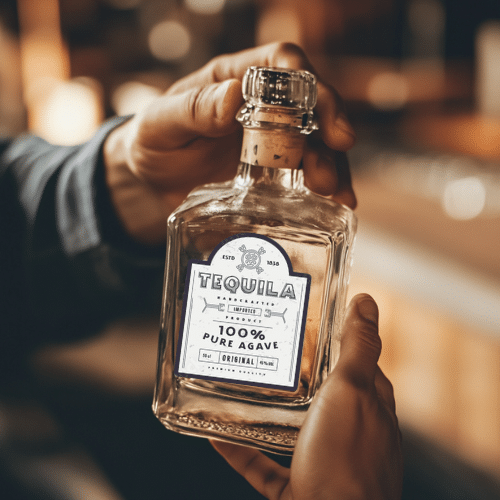Tequila vs Mezcal: 9 Key Differences You Need to Know
Tequila vs. mezcal’s key differences are a fascinating topic that highlight the distinctions between these two unique Mexican…

Tequila vs. mezcal’s key differences are a fascinating topic that highlight the distinctions between these two unique Mexican spirits. When discussing Tequila vs Mescal Key Differences, it’s important to note that while all tequila qualifies as mezcal, not every mezcal is tequila. The recent surge in American interest in mezcal is evident, with U.S. sales witnessing an impressive 600% growth. Let’s delve into the key differences between tequila and mezcal and uncover which one might become your new favorite!
1. The Agave Source: Types of Agaves Used
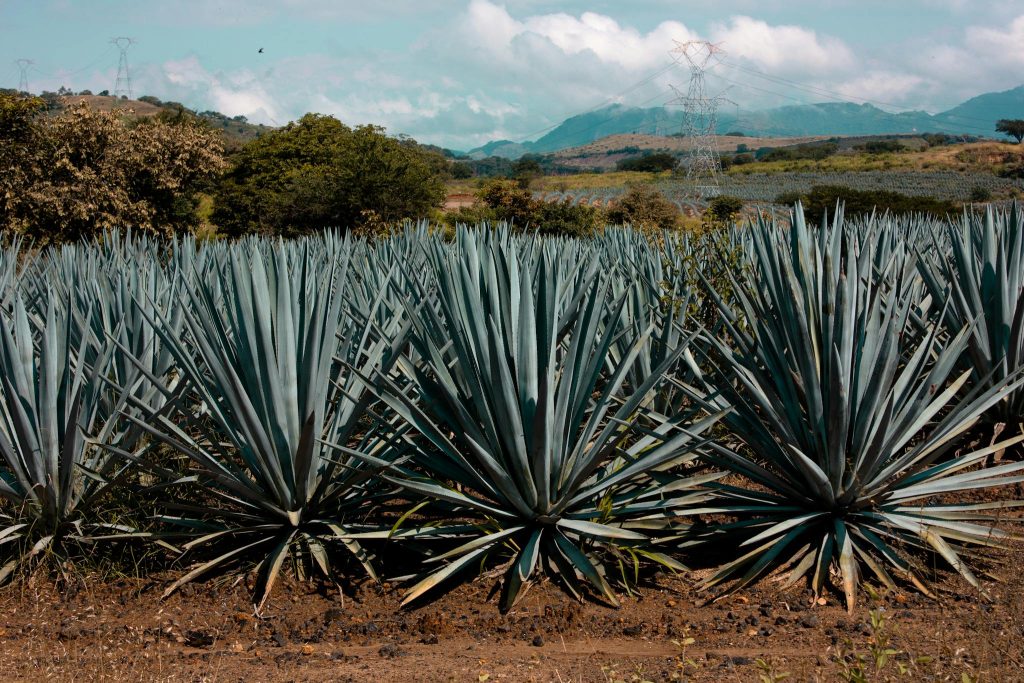
One of the main differences between Tequila and Mezcal is the type of agave that can be used for the production of these spirits.
Tequila – can only be made from one specific type of agave: the Blue Weber agave (Agave Tequilana). This plant has a distinctive blue-green color and grows primarily in the state of Jalisco, Mexico. The rules about making tequila are very strict. It must use this particular agave species.
Mezcal – on the other hand, can be produced from more than 30 varieties of agave, each contributing a unique flavor, similar to how different grapes affect wine. Common agave species used for mezcal include Espadín, Tobalá, and Tepeztate.
2. Production Methods: Traditional vs Modern Approaches
Another key difference between Tequila and Mezcal is their type of production method. Although both spirits are legally protected Mexican agave distillates, mezcal is distinguished by its traditional production methods.
Tequila – production is often industrialized, employing modern equipment. After cooking, agave is crushed with mechanical shredders or roller mills to efficiently extract sugars for fermentation. Many large producers utilize automated systems, allowing for the production of thousands of liters daily. Some of the best tequilas are made this way.
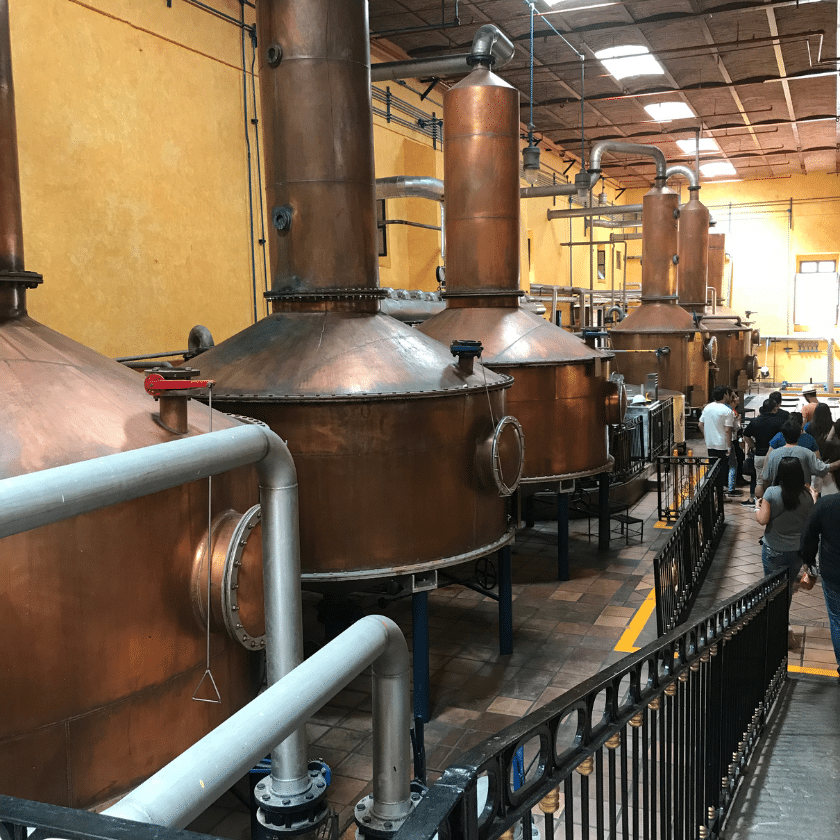
Mezcal – is often made using more traditional methods. Many mezcal producers still crush their cooked agave using a stone wheel pulled by a horse or donkey. This wheel, called a tahona, slowly grinds the agave into a pulp. While some larger mezcal producers use modern equipment, many small operations still make mezcal the way their ancestors did centuries ago. This involves digging these conical pits about 8-10 feet deep, line them with volcanic rocks, and heat them with wood for about 24 hours. Then they pile in the agave hearts and cover everything with earth and fiber mats. The process takes 3-5 days, but it’s worth the wait!
3. How the Agave is Cooked
One of the biggest differences between these spirits is how the agave plants are cooked before fermentation.
Tequila – producers steam the agave hearts (called piñas) in large industrial ovens or pressure cookers. These ovens are typically made of stainless steel and cook the agave efficiently and uniformly.
Mezcal – production takes a more traditional approach. The agave hearts are roasted in underground pits filled with hot rocks, wood, and charcoal. This pit cooking can last for several days and gives mezcal its distinctive smoky flavor. The pits are covered with earth and agave leaves, creating a natural oven that slowly cooks the plants.
4. Flavor Profiles and Tasting Notes
Because of these different production methods, tequila and mezcal have distinct taste profiles.
Tequila – typically has a cleaner, crisper taste with notes of citrus, pepper, and the natural sweetness of agave. Good tequila should be smooth and balanced, without a harsh alcohol burn.

Mezcal – usually has a more complex flavor profile. The underground roasting gives it a distinctive smokiness, but you might also taste fruits, herbs, earth, and minerals. Many people say mezcal has a fuller, richer taste than tequila. The different types of agave used in mezcal also create a wider range of flavors.
5. Age Classifications: Tequila Vs Mezcal
Both spirits have aging categories, but they’re slightly different.
Tequila – has three main classifications: Blanco (unaged), Reposado (aged 2-12 months in oak barrels), and Añejo (aged 1-3 years in oak barrels). There’s also Extra Añejo for tequilas aged more than three years.
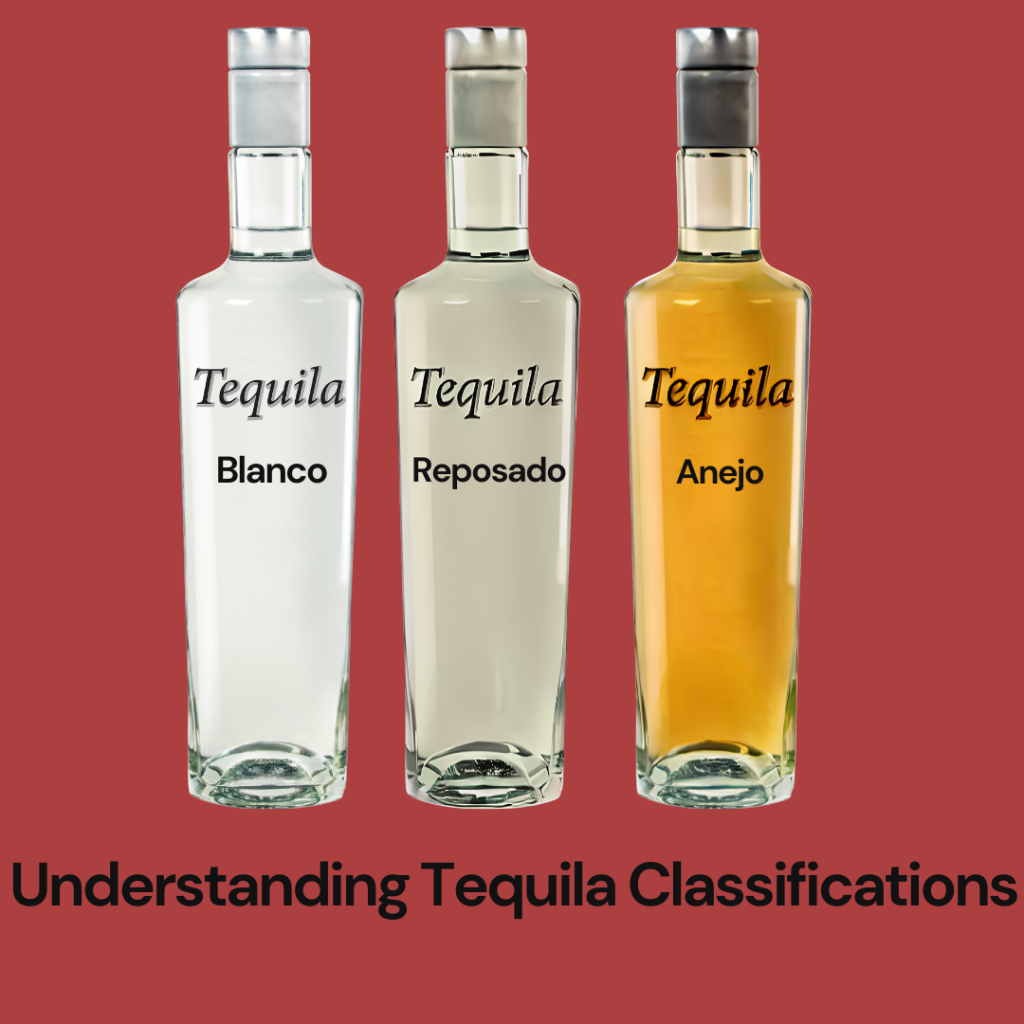
Mezcal – has similar categories but with different names: Joven (unaged), Reposado (2-12 months), and Añejo (at least one year). However, many mezcal enthusiasts prefer unaged mezcal because it best shows the natural flavors of the agave and the traditional production methods.
6. Serving and Drinking Customs for Tequila Vs Mezcal
Tequila and mezcal, two distinctive Mexican spirits derived from agave plants, have developed their own unique drinking cultures and traditions over generations.
Tequila – is frequently used in cocktails and mixed drinks. While good tequila can be sipped straight, many people enjoy it in margaritas, palomas, or with lime and salt. The mixing traditions have made tequila very versatile in modern cocktail culture.
Mezcal – is traditionally sipped straight, often served in small clay cups or special glasses called copitas. While bartenders are creating more mezcal cocktails these days, many people prefer to drink it on its own to appreciate its complex flavors. It’s often served with orange slices and sal de gusano (a spiced salt mixture).
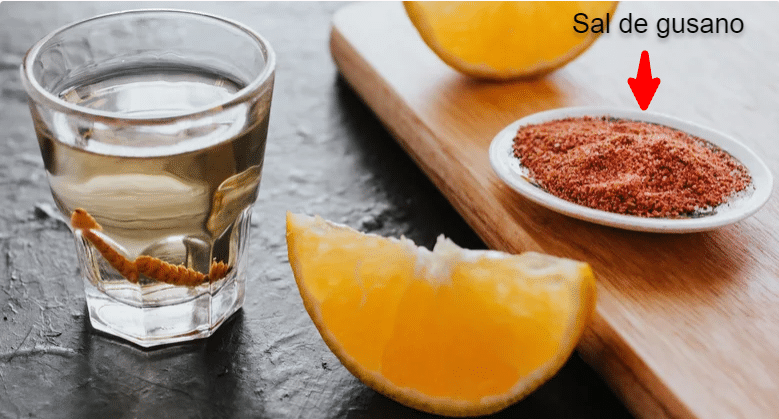
7. Cultural Significance and Heritage of Tequila Vs Mezcal
From bustling global markets to remote Mexican villages, tequila and mezcal represent two distinct paths in the evolution of agave spirits. One embracing international commerce while the other maintains strong ties to its ancestral roots.
Tequila – has become a global spirit, known worldwide and often associated with parties and cocktails like margaritas. It’s Mexico’s most famous alcohol export and is produced by both small family operations and large international companies.
Mezcal – has deep traditional roots, often produced by small family businesses using techniques handed down through generations. It holds significant cultural importance in ceremonies and celebrations across many Mexican communities. Despite its growing global popularity, mezcal remains closely connected to its cultural heritage.

8. Price and Availability for Tequila Vs Mezcal
Tequila vs Mezcal -Two agave-based spirits with notably different price points and availability, tequila and mezcal reflect their contrasting production scales and methods in both their market presence and cost to consumers.
Tequila – is generally more widely available and often less expensive than mezcal. Because tequila production is more industrialized and made on a larger scale, producers can keep costs lower. You can find tequila in almost any liquor store, with prices ranging from affordable to very expensive.
Mezcal – tends to be pricier because it’s often made in smaller batches using more time-consuming methods. The use of rare agave species can also drive up the cost. While mezcal is becoming more popular, it might be harder to find in some areas, and you’ll usually pay more for it compared to tequila.
9. Where Tequila Vs Mezcal Are Made
While both spirits claim protected status under Mexican law, tequila’s production is concentrated in five states centered around Jalisco. In contrast, mezcal’s broader geographic reach spans nine states, with Oaxaca serving as its spiritual and productive heart.
Tequila – production is limited to specific regions in Mexico, with most coming from the state of Jalisco. Four other Mexican states can legally produce tequila: Guanajuato, Michoacán, Nayarit, and Tamaulipas. These areas have special permission from the Mexican government to make tequila.
Mezcal – can be produced in more regions throughout Mexico. There are nine states that have official permission to make mezcal, including Oaxaca (which produces about 85% of all mezcal), Durango, Guerrero, San Luis Potosí, Zacatecas, and others. Each region has its own traditions and methods for making mezcal.
Conclusion
Tequila’s refined character and mezcal’s smoky complexity provide unique tasting experiences. Recognizing the tequila vs mezcal key differences enhances your appreciation for the craftsmanship of each spirit, allowing you to make informed choices for your home bar. Whether you prefer the clean, crisp taste of tequila or the smoky complexity of mezcal, both spirits offer a fascinating taste of Mexico’s rich heritage.
Learn More About Tequila
- How to Taste Tequila Like An Expert
- What is Anejo Tequila? Complete Guide
- What is a Tequila Flavor Wheel? Complete Guide
- How to Choose the Best Tequila: Complete Guide
- Reposado vs Añejo: Key Differences

